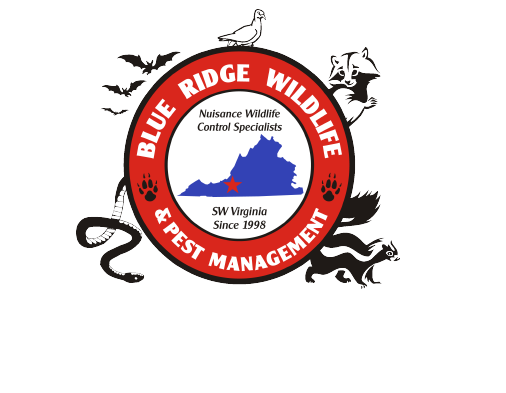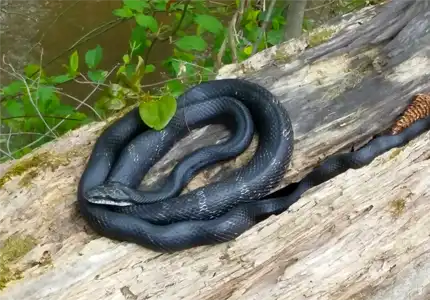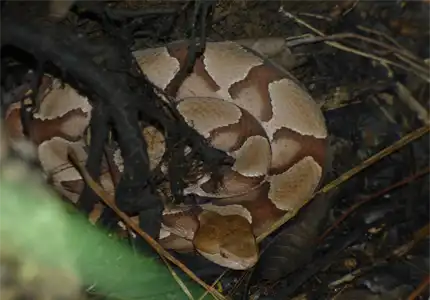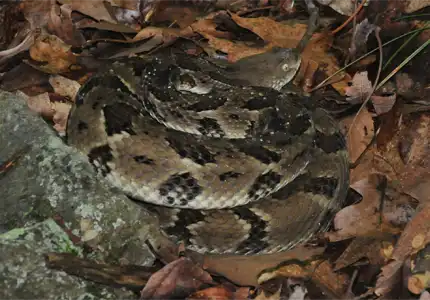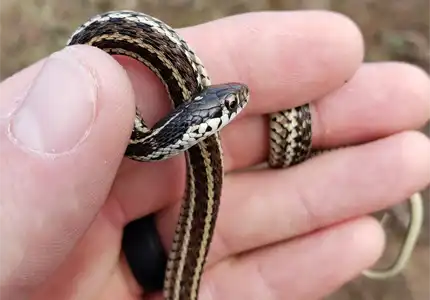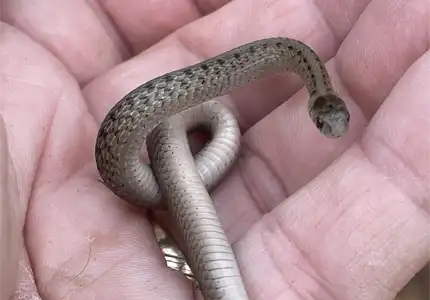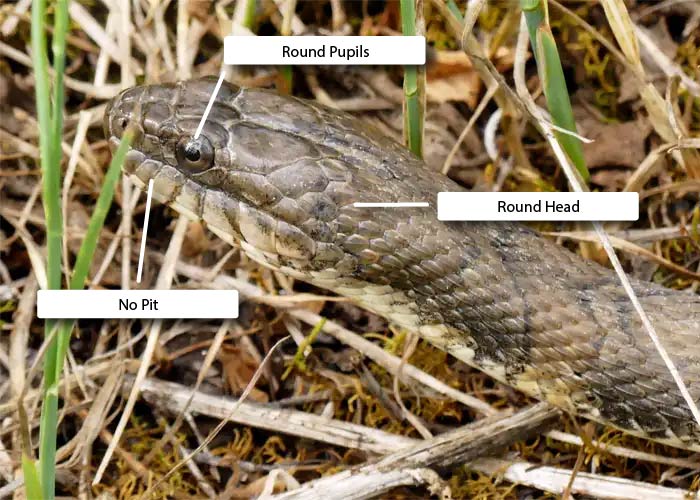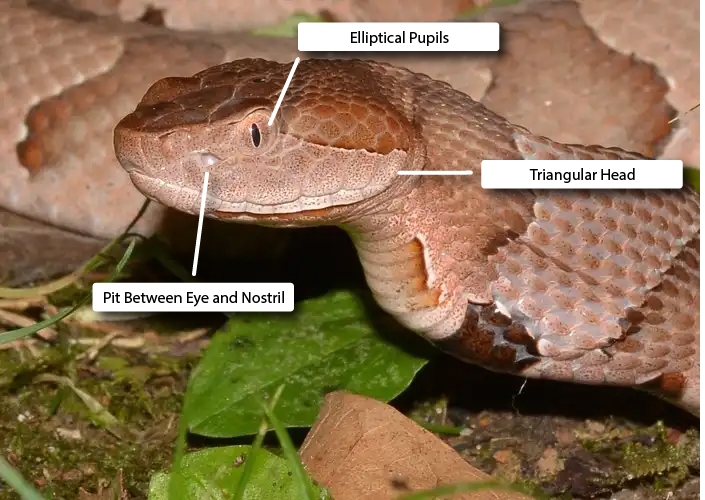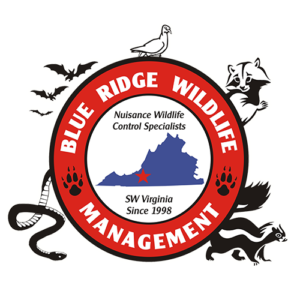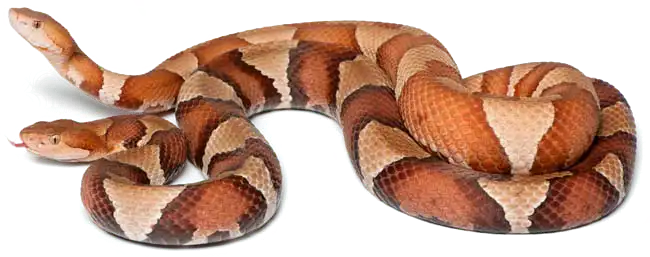
Snakes in Virginia
One of the most important distinctions when it comes to snakes is whether they are venomous or non-venomous. In Virginia, there are three species of venomous snakes: the Northern Copperhead, the Timber Rattlesnake, and the Eastern Cottonmouth. It is important to be able to recognize these species and understand the risks associated with encounters with venomous snakes.
Venomous snakes have specialized glands that produce toxins that are delivered through their fangs when they bite. These toxins can cause a variety of symptoms, ranging from mild pain and swelling to more serious health issues such as tissue damage, organ failure, and even death in extreme cases.
Non-venomous snakes, on the other hand, do not have these specialized glands or fangs and are generally considered harmless to humans. However, it is still important to exercise caution and avoid handling snakes, as some non-venomous species can still bite and potentially transmit harmful bacteria.
Despite the potential risks associated with venomous snakes, it is important to note that they play an important role in the ecosystem and should not be indiscriminately killed. Instead, it is important to learn how to safely and effectively avoid encounters with venomous snakes, and to understand the myths and misconceptions surrounding these species in order to better protect both humans and snakes.
Remember, if It Has:
It is Venomous
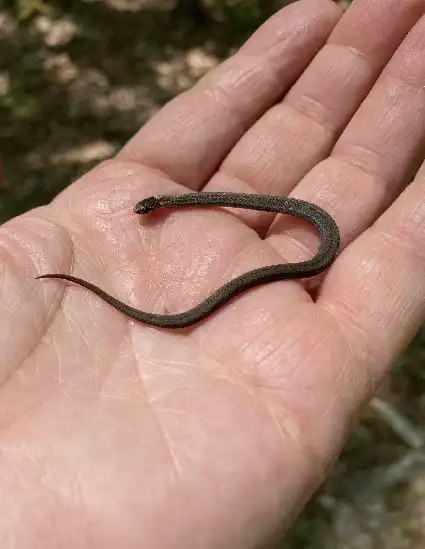
Identification and Prevention
Identification of snakes in Virginia is essential to prevent encounters and potential bites. A critical characteristic to look for when identifying a snake is its head shape. Venomous snakes in Virginia have a distinct, triangular-shaped head compared to non-venomous snakes, which have more rounded heads. It is also important to note the color and pattern of the snake’s scales, as well as its overall size and shape.
Preventing encounters with snakes involves awareness of the common habitats where snakes may be found. Snakes are commonly found near bodies of water, such as streams, ponds, and marshes, but they can also inhabit wooded areas, fields, and even suburban or urban environments. Caution must be exercised when walking in areas where snakes may be present, especially during the warmer months when snakes are most active.
To minimize the risk of a snake bite while hiking or exploring areas where snakes may be present, it is recommended to wear long pants and boots to protect against potential bites. In addition, it is important to watch where you step and to use a walking stick or other object to probe areas where snakes may be hiding, such as under rocks or logs.
In case of an encounter with a snake, it is crucial to remain calm and give the snake ample space. Most snakes will attempt to avoid humans and will only bite if they feel threatened or cornered. It is also important to remember that killing snakes is unnecessary and can have adverse ecological effects. Instead, it is best to give snakes plenty of space and avoid disturbing them.
Understanding the behavior and diet of snakes in Virginia is crucial to better comprehend their role in the ecosystem and to minimize human-snake interactions. Snakes are fascinating creatures that have adapted to a variety of habitats throughout Virginia. As cold-blooded animals, they rely on external sources of heat to regulate their body temperature, which means they are most active during the warmer months when temperatures are favorable. They are also ectothermic, meaning they cannot produce their own body heat, and rely on the sun to warm up their bodies.
Most snakes in Virginia are solitary and primarily active during the day, but some species are active at night. Many snakes in Virginia spend much of their time hiding in vegetation, under rocks or logs, or in burrows. Some species, such as the Eastern rat snake, are excellent climbers and can be found high up in trees.
Snakes in Virginia have a diverse diet, with many species feeding on rodents, birds, lizards, and amphibians. Some species, such as the Eastern hognose snake, specialize in feeding on toads. Venomous snakes, such as the copperhead and timber rattlesnake, feed on small mammals and birds, and occasionally on other snakes.
While snakes are not aggressive towards humans and will only bite if they feel threatened or cornered, it’s important to avoid handling them as much as possible. If you encounter a snake in the wild, it’s best to keep a safe distance and observe it from afar.
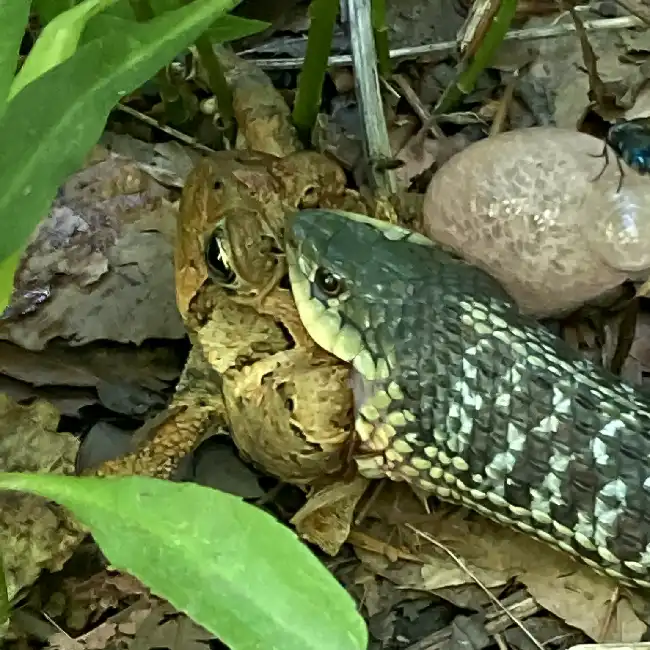
Do You Have a Snake Problem?
Learn more about our Snake Removal Program or call us at (540) 776-1769
